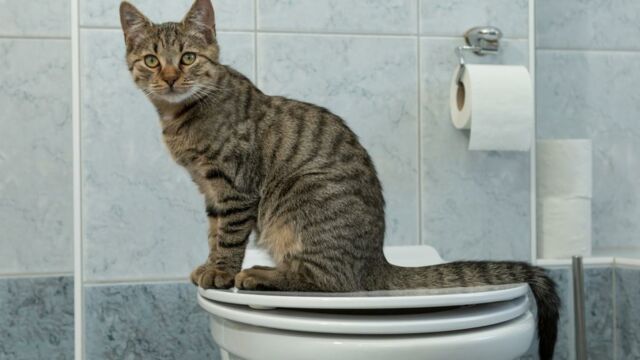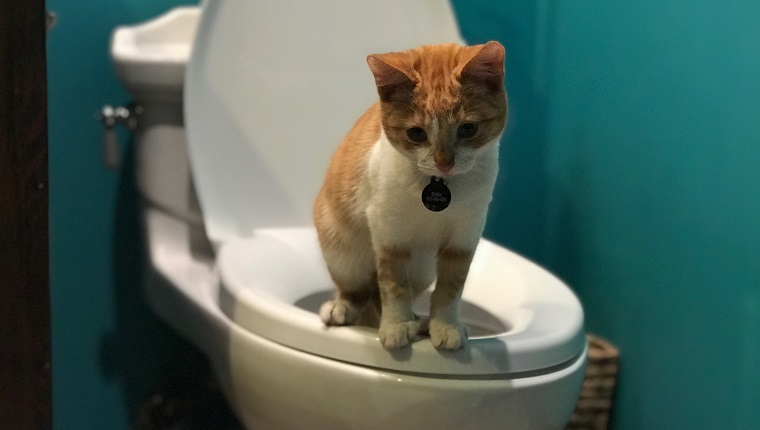They are making a few great observations about Why you should never flush dog poop down the toilet as a whole in this article underneath.

When it comes to taking care of waste, specifically animal waste, many individuals often consider the practical choice of flushing it down the bathroom. Nevertheless, this seemingly very easy solution can have major consequences for the setting and public health. In this article, we'll discover why flushing animal waste down the toilet is a bad idea and supply alternate techniques for correct disposal.
Intro
Proper waste disposal is essential for maintaining ecological sustainability and public health. While it might seem safe to purge animal waste down the toilet, it can lead to different issues, both for the atmosphere and human health.
Threats of flushing pet waste
Ecological impact
Flushing pet waste presents dangerous germs and microorganisms into waterways, which can negatively affect marine communities. These virus can pollute water sources and injury aquatic life, interfering with delicate communities.
Public health problems
Pet waste contains unsafe microorganisms such as E. coli and Salmonella, which can position significant wellness dangers to people. Flushing pet waste down the bathroom can pollute water products, bring about the spread of diseases and infections.
Alternatives to flushing
Instead of purging animal waste down the commode, there are several alternative disposal approaches that are much more environmentally friendly and sanitary.
Composting
Composting pet waste is an environment-friendly method to dispose of it. By composting, raw material is broken down right into nutrient-rich soil, which can be made use of to fertilize yards and plants.
Land fill disposal
Throwing away animal waste in a land fill is one more choice. While not as environmentally friendly as composting, it is a much safer option to flushing, as it avoids the contamination of water resources.
Animal waste disposal systems
There are specific pet dog waste disposal systems readily available that safely and hygienically get rid of animal waste. These systems typically use enzymes to break down waste and eliminate smells.
Steps to appropriate pet waste disposal
To ensure proper disposal of pet waste, follow these actions:
Scooping and getting waste
Frequently scoop and bag animal waste using biodegradable bags. This stops waste from contaminating the setting.
Utilizing designated waste containers
Dispose of bagged pet waste in assigned waste containers, such as compost bins or landfill bins. Avoid flushing it down the bathroom at all prices.
Cleaning can and animal locations consistently
Routinely clean can and pet areas to avoid click here the build-up of waste and bacteria. Use pet-safe cleansing items to keep hygiene.
Benefits of proper disposal techniques
Taking on proper disposal methods for animal waste supplies numerous advantages:
Lowered environmental pollution
Proper disposal methods reduce the threat of environmental pollution, securing waterways and ecosystems from contamination
Lessened danger of water contamination.
By staying clear of flushing animal waste down the toilet, the risk of water contamination is dramatically minimized, guarding public health.
Improved sanitation and hygiene
Correct disposal methods promote much better sanitation and hygiene, creating a safer setting for both human beings and animals.
Final thought
In conclusion, flushing animal waste down the commode is damaging to the atmosphere and public health. By adopting different disposal methods and adhering to proper waste management methods, we can lessen the negative impact of animal waste and contribute to a cleaner, much healthier world.
What To Do With Dog Poo – The Do's And Don'ts Of Disposing Of Faeces
Dog poo bins
Some councils provide dedicated dog waste bins in popular dog-walking areas that can take dog poo that has been bagged but you can legally dispose of dog waste in any public litter bin, as long as it is securely bagged. This also applies to your wheelie bin at home.
Do not flush
Water companies do not recommend flushing dog faeces down the toilet because certain parasites can survive the water processing treatment and are potentially harmful to humans. You should also never consider flushing dog poo that has been bagged down the toilet as the bags will not break down and instead create severe blockages in the sewage system.
In the woods
The Forestry Commission promotes a ‘stick and flick’ method for dealing with waste in the woods. This means finding a stick and using it to flick any poo from off the path so that it is out of the way of other walkers. You could also bury it as long as it is not in an area where there might be livestock.
Livestock
Parasites found in dog poo can be transmitted to livestock if they inadvertently eat infected faeces that has been left on grazing land. This could result in the death of sheep or abortion in cattle so you should always make sure you pick up your dog’s waste in fields where livestock could be present.

Routinely clean can and pet areas to avoid click here the build-up of waste and bacteria. Use pet-safe cleansing items to keep hygiene.
Benefits of proper disposal techniques
Taking on proper disposal methods for animal waste supplies numerous advantages:
Lowered environmental pollution
Proper disposal methods reduce the threat of environmental pollution, securing waterways and ecosystems from contamination
Lessened danger of water contamination.
By staying clear of flushing animal waste down the toilet, the risk of water contamination is dramatically minimized, guarding public health.
Improved sanitation and hygiene
Correct disposal methods promote much better sanitation and hygiene, creating a safer setting for both human beings and animals.
Final thought
In conclusion, flushing animal waste down the commode is damaging to the atmosphere and public health. By adopting different disposal methods and adhering to proper waste management methods, we can lessen the negative impact of animal waste and contribute to a cleaner, much healthier world.
What To Do With Dog Poo – The Do's And Don'ts Of Disposing Of Faeces
Dog poo bins
Some councils provide dedicated dog waste bins in popular dog-walking areas that can take dog poo that has been bagged but you can legally dispose of dog waste in any public litter bin, as long as it is securely bagged. This also applies to your wheelie bin at home.
Do not flush
Water companies do not recommend flushing dog faeces down the toilet because certain parasites can survive the water processing treatment and are potentially harmful to humans. You should also never consider flushing dog poo that has been bagged down the toilet as the bags will not break down and instead create severe blockages in the sewage system.
In the woods
The Forestry Commission promotes a ‘stick and flick’ method for dealing with waste in the woods. This means finding a stick and using it to flick any poo from off the path so that it is out of the way of other walkers. You could also bury it as long as it is not in an area where there might be livestock.
Livestock
Parasites found in dog poo can be transmitted to livestock if they inadvertently eat infected faeces that has been left on grazing land. This could result in the death of sheep or abortion in cattle so you should always make sure you pick up your dog’s waste in fields where livestock could be present.

As a reader on , I thought sharing that article was important. If you enjoyed reading our page please remember to pass it around. We value your readership.
Click Here